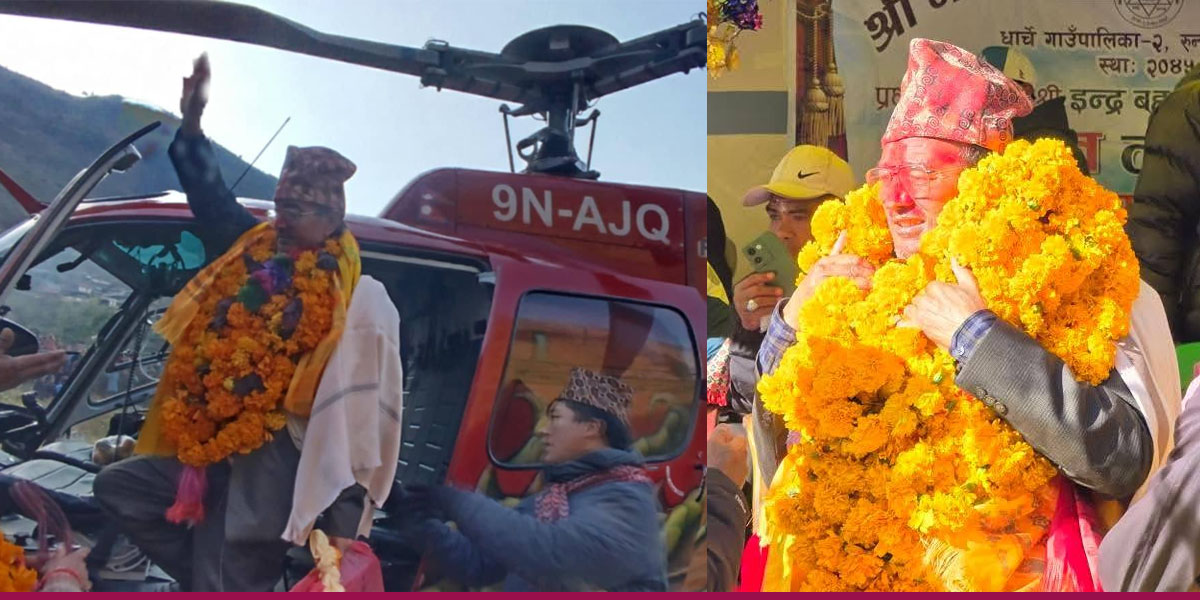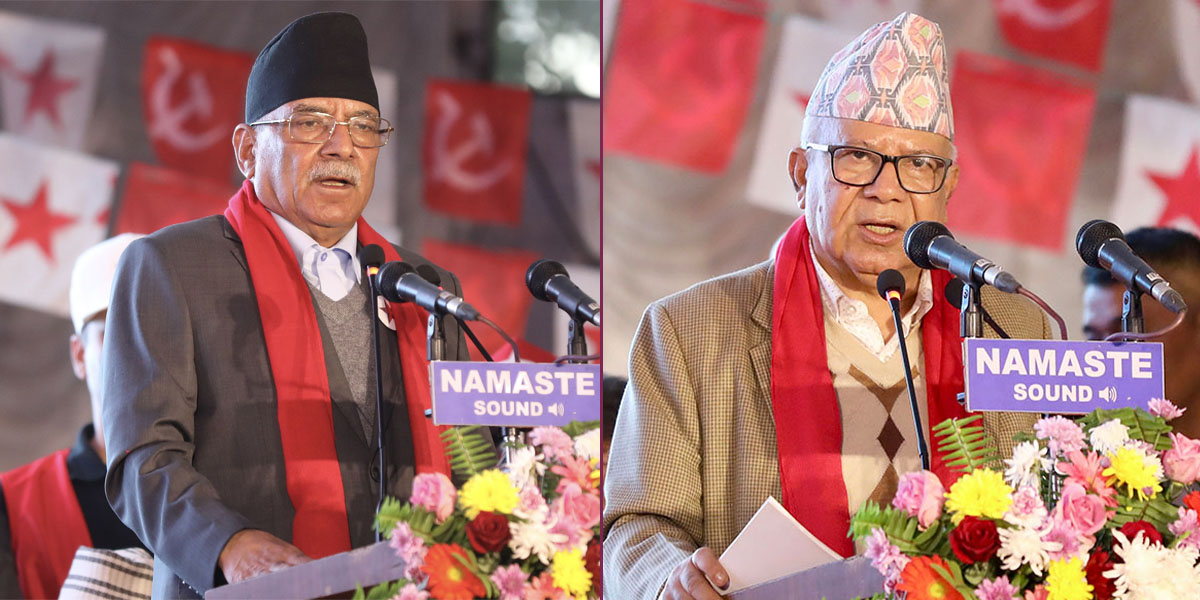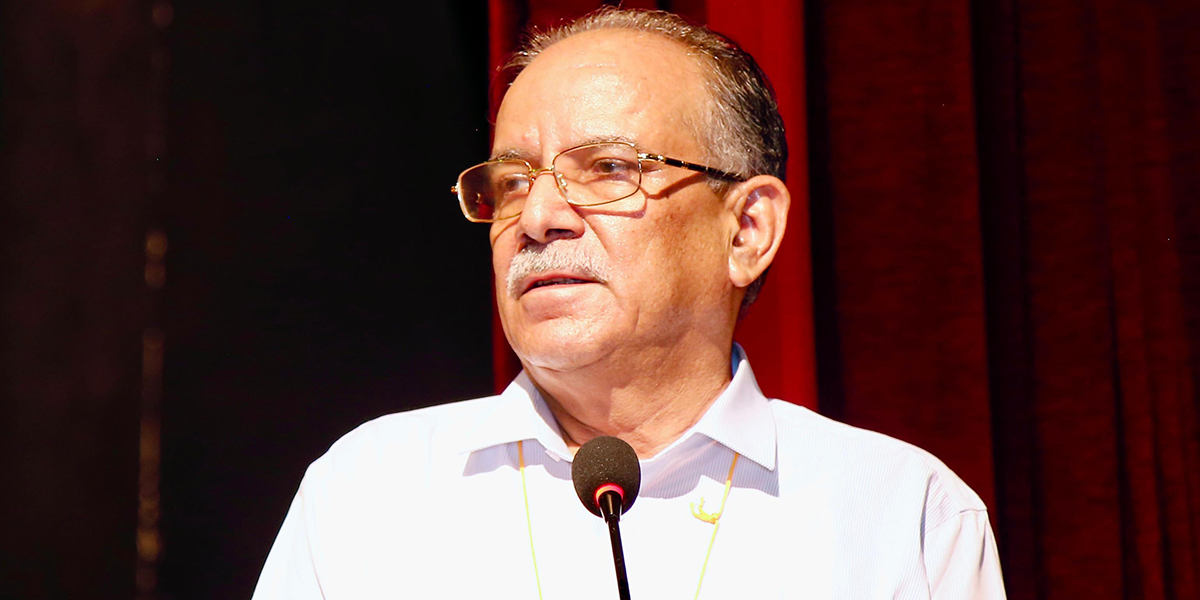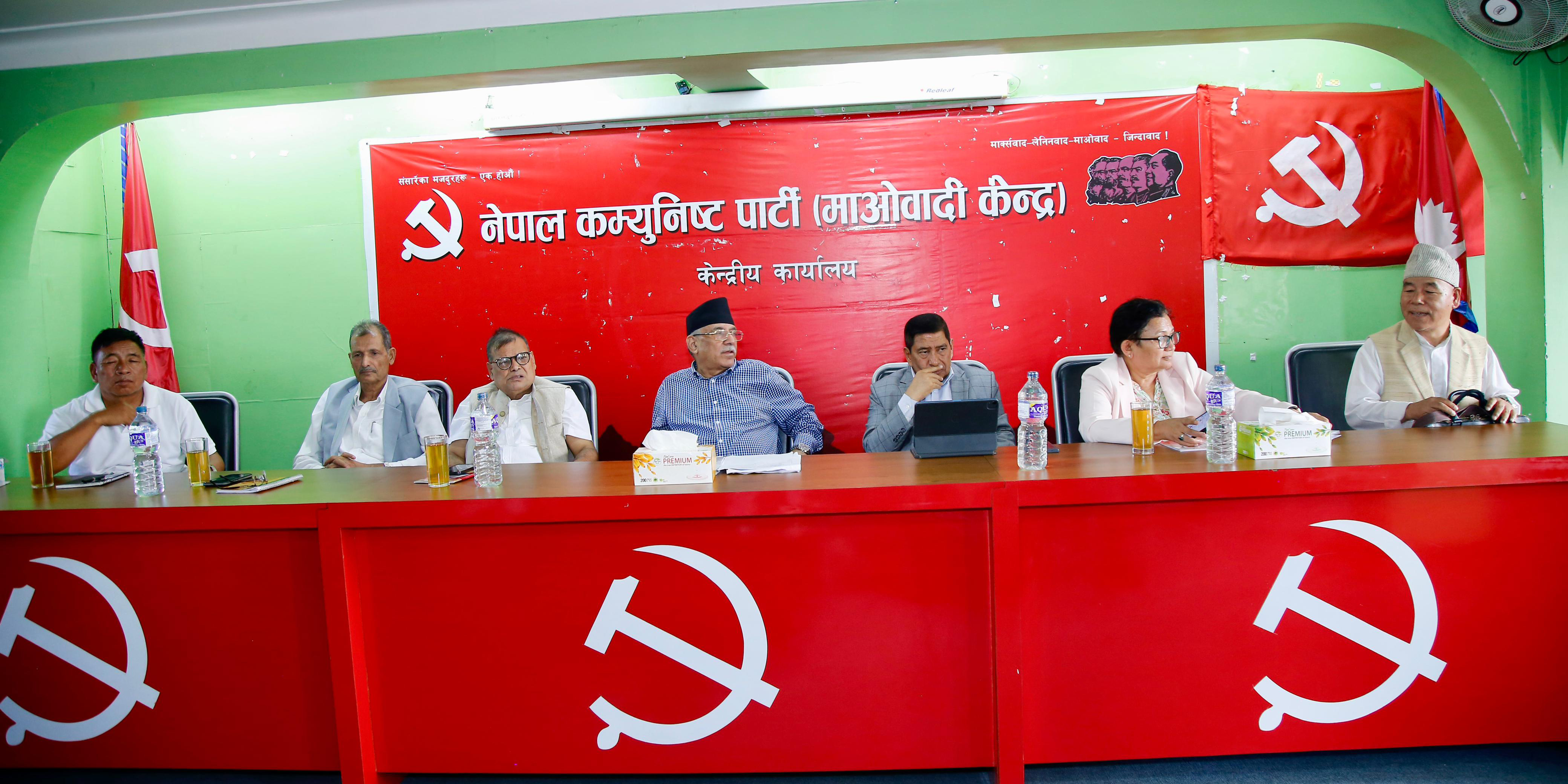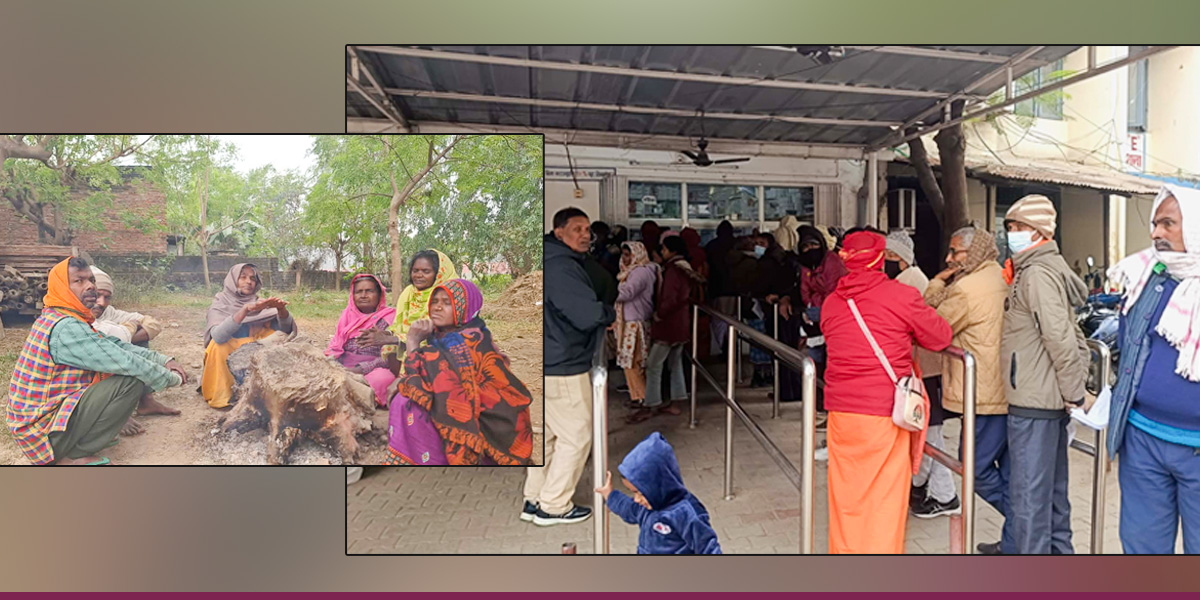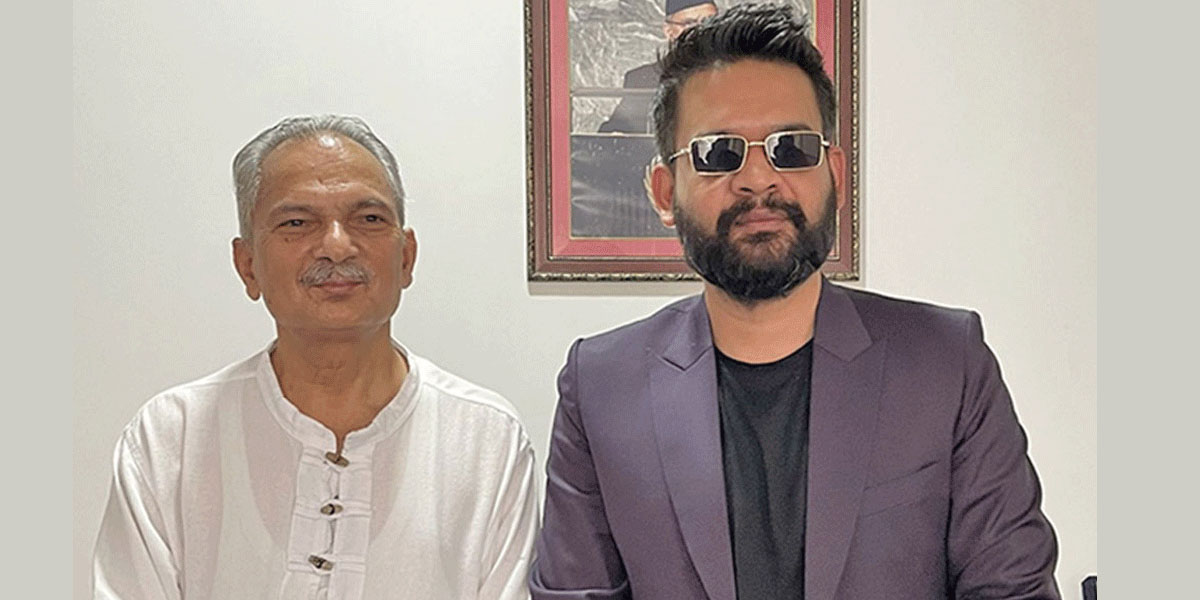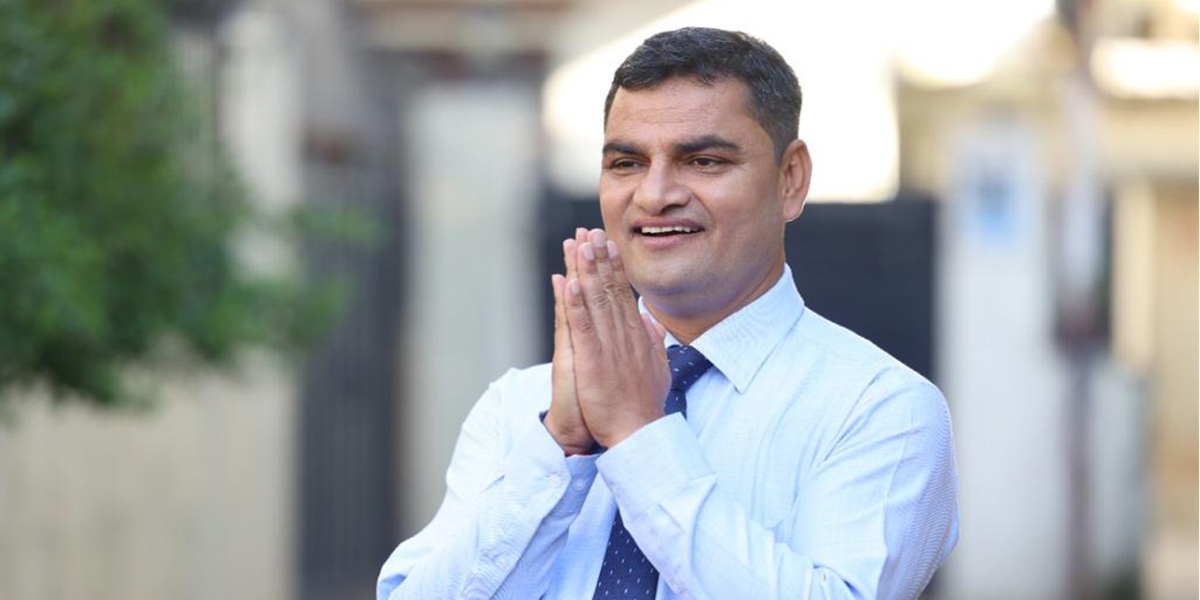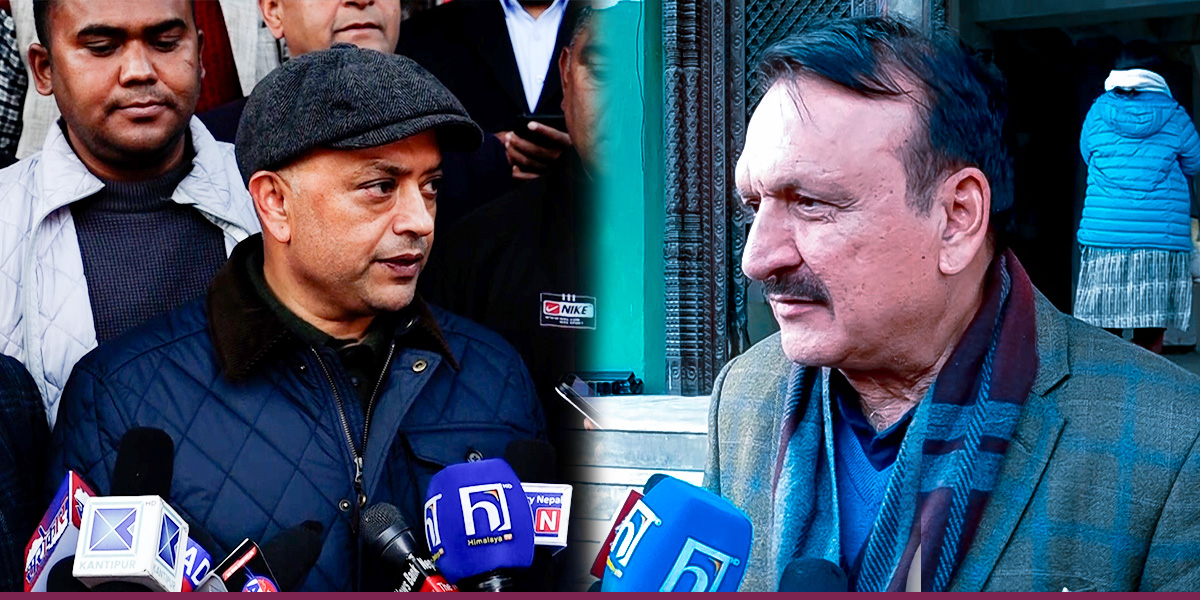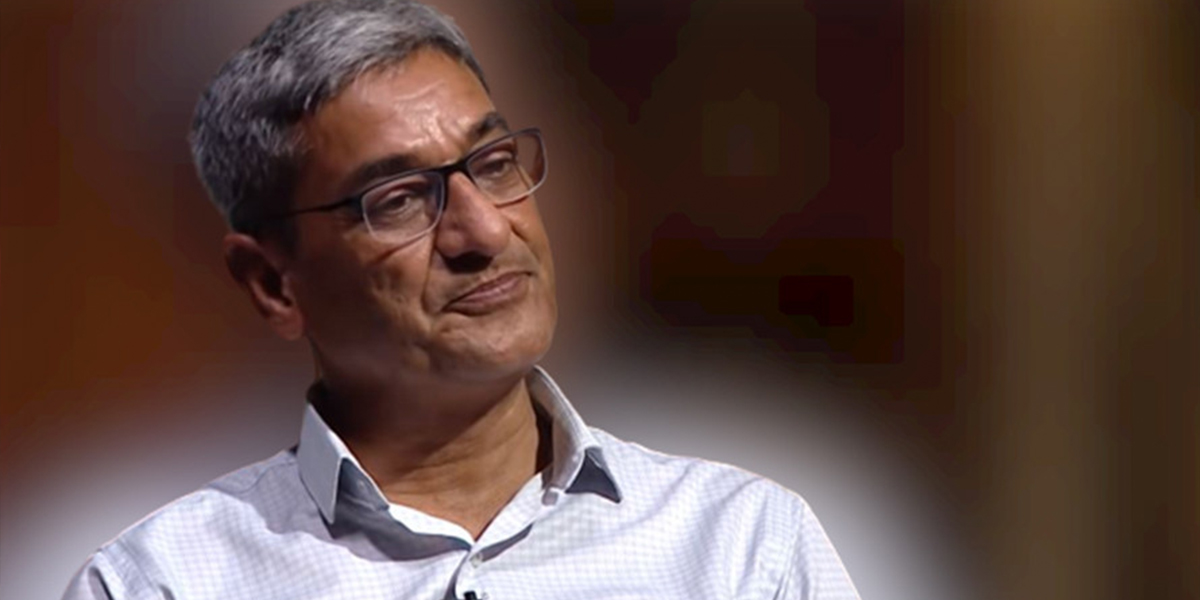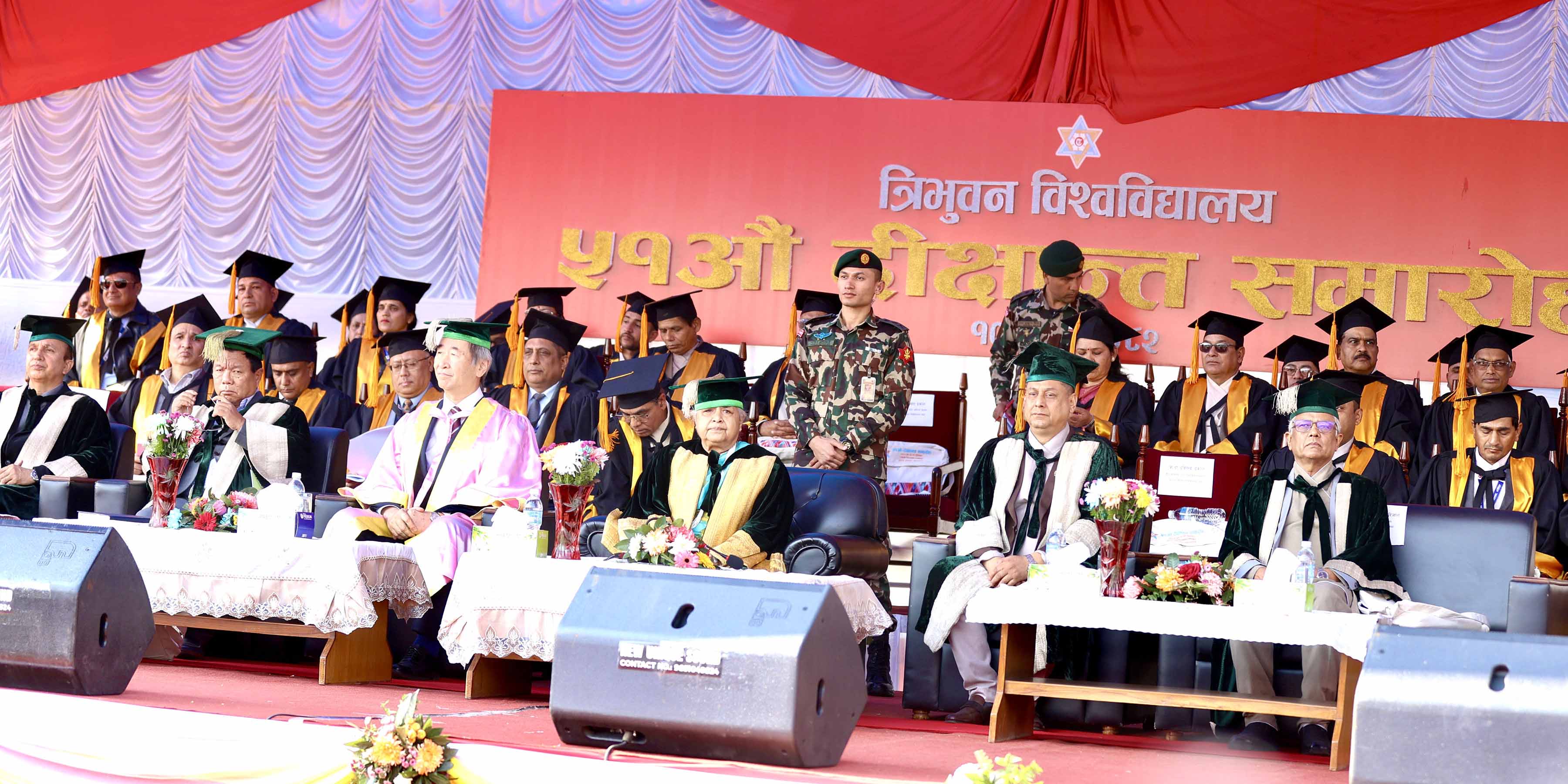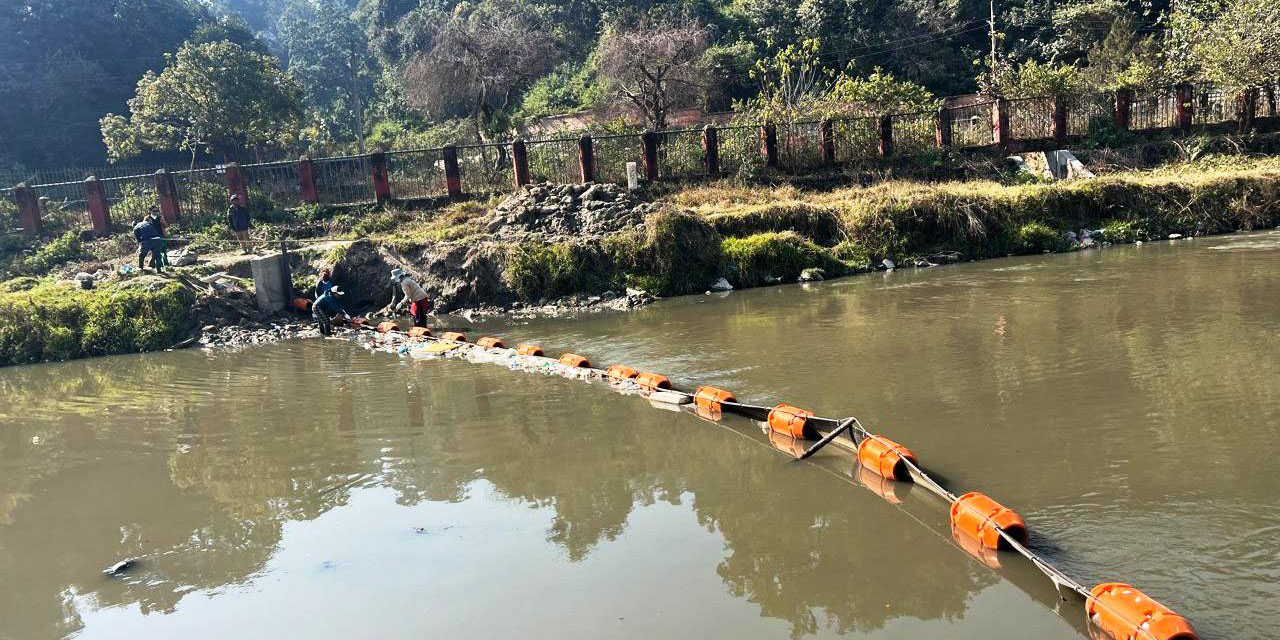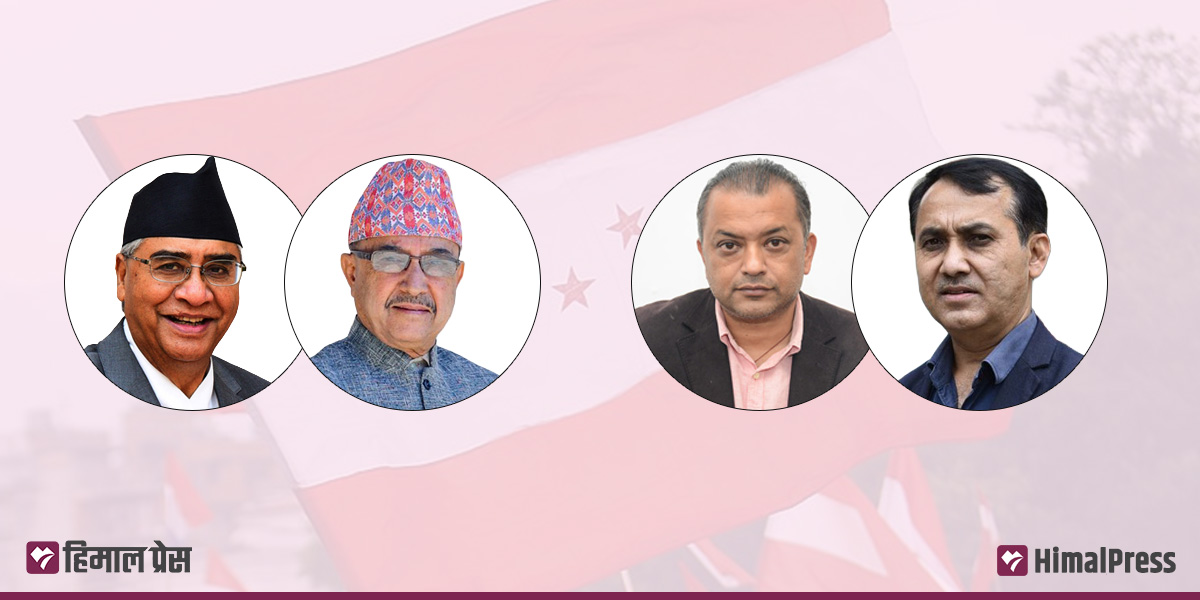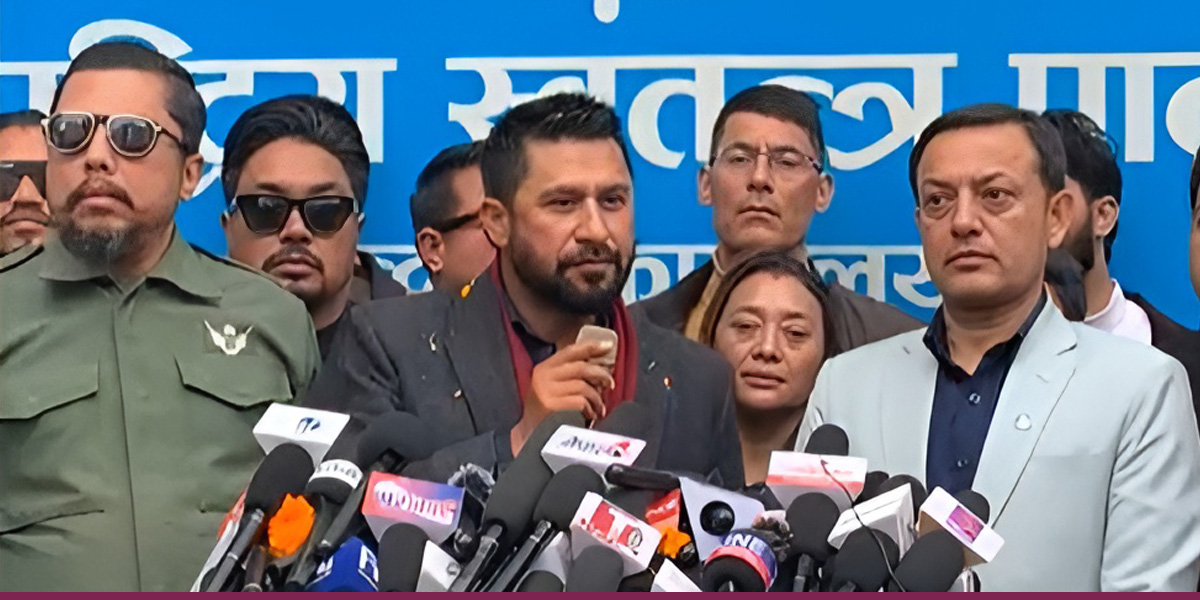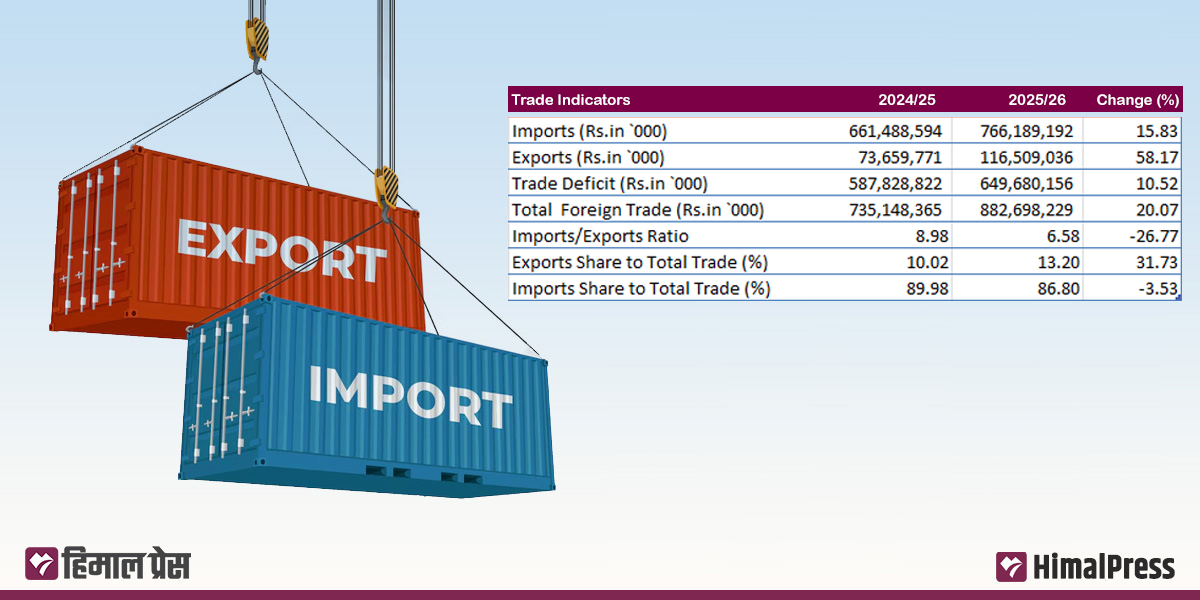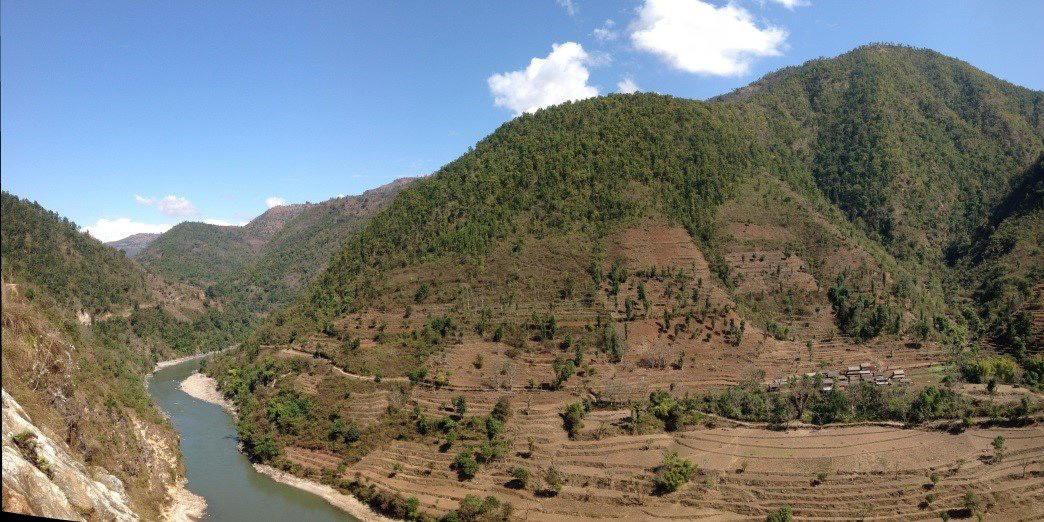
KATHMANDU: After a prolonged wait, the government has initiated necessary preparations for the construction of the Budhi Gandaki Hydropower Project (1200 MW). Prime Minister Pushpa Kamal Dahal is scheduled to inaugurate the project’s field office at Siurenitar in Gandaki-8 of Gorkha on Wednesday.
According to Jagat Shrestha, CEO of Budhi Gandaki Jalavidyut Public Ltd, the field office will be established at the office of the Environmental Compensation Distribution, Rehabilitation, and Restoration Unit of the project. Representatives of local units and other stakeholders from Dhading and Gorkha districts will attend the inauguration ceremony.
As part of executing the project, the government registered Budhi Gandaki Jalavidyut Public Ltd on September 2 last year. Minister for Energy, Water Resources, and Irrigation, Shakti Bahadur Basnet, inaugurated the company’s head office in Kathmandu on Sunday.
The company has an authorized capital of Rs 20 billion and an issued capital of Rs 20 billion. The Ministry of Energy holds a 50% stake in the company, while the Ministry of Finance holds 30%. Similarly, the Nepal Electricity Authority (NEA) holds 20% of the shares. The company has proposed to distribute 10% of the shares to the project-affected locals and another 10% to the general public.
So far, the government has distributed Rs 34.3 billion in compensation to the households affected by the project. Additionally, Rs 6.07 billion has been distributed in the affected areas for buildings, structures, and plants on land acquired by the project.
The government has prioritized the project highly. The budget for the fiscal year 2023/24 states that the mega-project will be initiated in the current fiscal year.
The government has been levying an infrastructure tax on petroleum products to arrange resources for the construction of the project. In a recent meeting of the National Assembly, Finance Minister Dr. Prakash Sharan Mahat said that the funds collected through the infrastructure tax have been used for compensation distribution and other related tasks of the project.
According to the detailed project report (DPR) prepared by the French consultant Tractebel Engineering in 2014, the project will displace around 50,000 people.
The project involves the construction of a 263-meter double-arch dam, underground waterways, an open-air power plant, and 400 kV transmission lines. The dam will create a reservoir spread over 49.8 sq km.

 Himal Press
Himal Press 